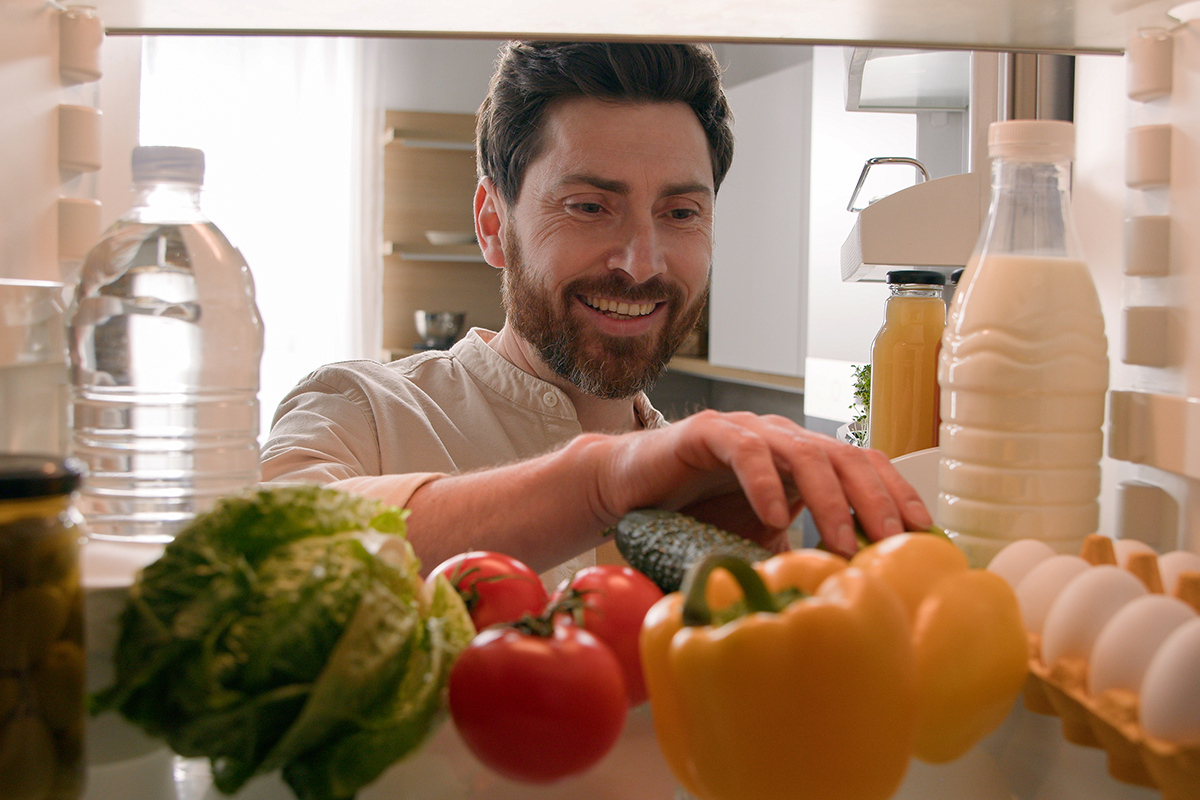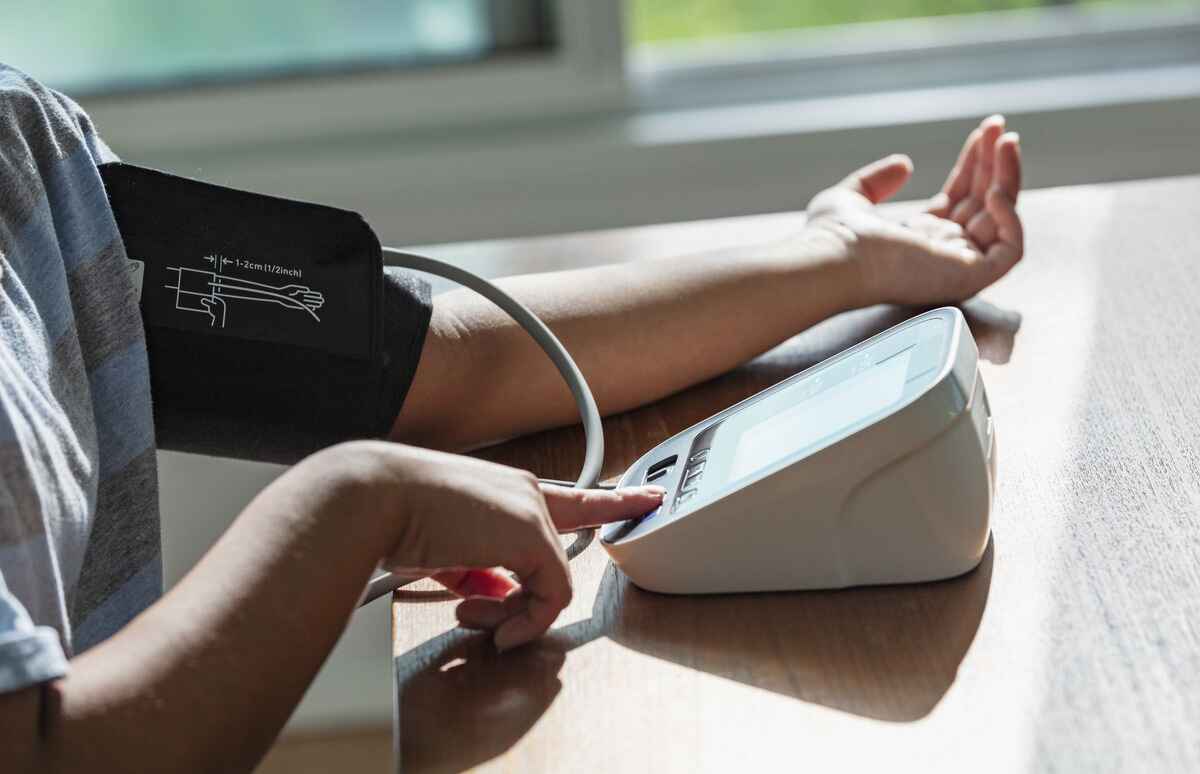As you get older, physical changes and health conditions – and sometimes the medications used to treat those conditions – make falls more likely. In fact, falls are a leading cause of injury among older adults.
Fractures of the wrist, shoulder and/or pelvis can have a devastating effect on independence. Falls are the cause of most broken hips, and only half of those who break their hip say that they get around as well as they did before their injury.
Take a few easy steps to prevent falls at home:
- Begin an exercise program. Ask your doctor about the best exercises for you. Walking, for example, can improve balance, coordination and muscle strength.
- Have your healthcare provider or pharmacist review your medications. Some prescription and over-the-counter medications may interact with others to make you dizzy or sleepy.
- Have your vision checked at least once a year. Glaucoma or cataracts can increase your risk of falling.
Here are a few steps to make your home safer:
- Create a clear walking path through rooms. Ask someone to move the furniture so you don’t have to walk around it.
- Remove throw rugs or use double-sided tape to keep them in place.
- Reduce clutter. Don’t leave things on the floor or stairs because they become trip hazards.
- Secure power cords for appliances, lighting and electronic devices next to the wall. If needed, have an electrician put in another outlet.
- Avoid using step stools. Keep items you use the most in a low cabinet so you can reach them easily. If you must use a step stool, get one with a hand grip. Never use a chair as a step stool.
- In the bathroom, install grab bars near your toilet and in your tub or shower. Use nonslip mats in bathtubs and showers.
- Improve the lighting in your home:
- Put in brighter light bulbs.
- Install an overhead light at the top and bottom of the stairs, along with light switches in both locations.
- Use a nightlight so you can see the path from your bed to the bathroom.
- Install handrails on all staircases. Fix loose or uneven steps.
- Paint the top edge of each step with a contrasting color. It will help you see the stairs better. For example, use a light color of paint on dark wood.
- Keep your home at a comfortable temperature. Extreme heat or cold can make you dizzy and unsteady on your feet.
- Get up slowly after you sit or lie down.
- Wear supportive shoes when you are inside as well as outside. Choose shoes that fit snugly and have no-slip soles and a flat or low, wide heel. Avoid going barefoot. Don’t wear slippers, flip-flops, backless shoes, high heels or shoes with smooth leather soles.
- Write emergency numbers in large print and keep them near each phone.
- Put a phone near the floor in case you fall and can’t get up.
- Wear a personal safety alarm.




